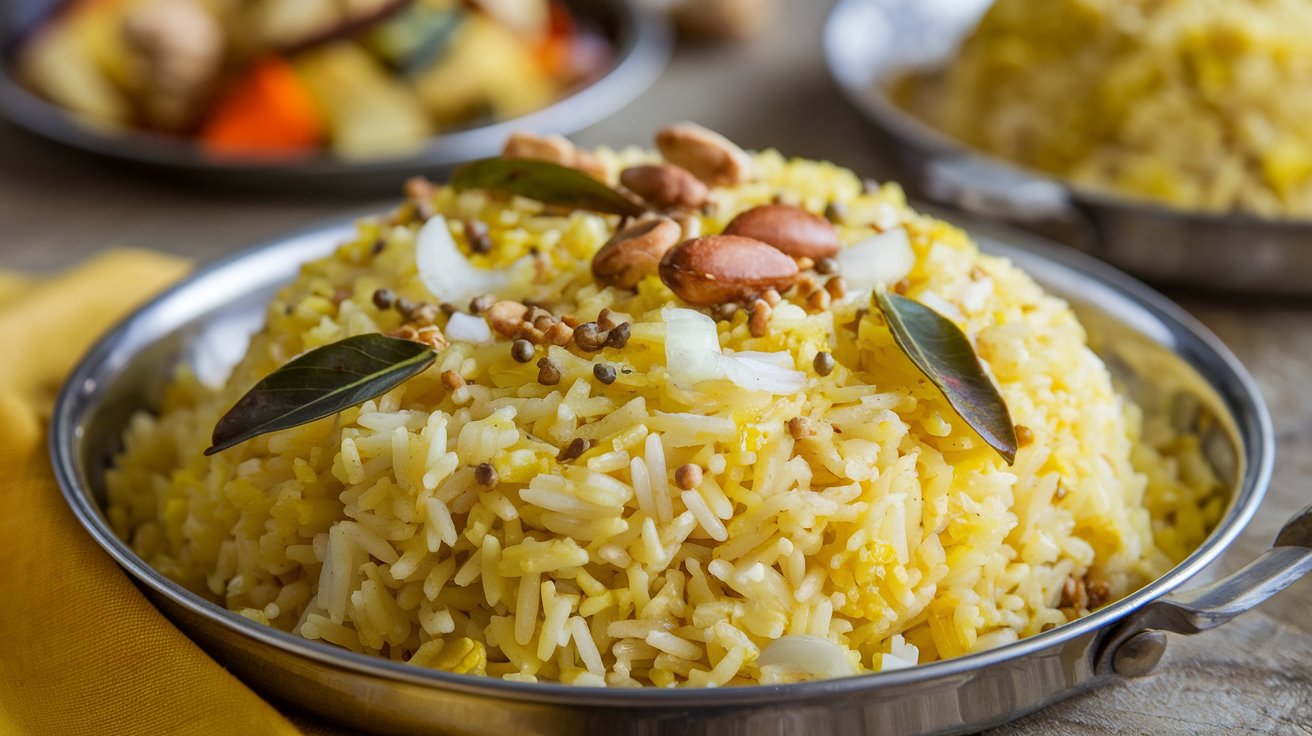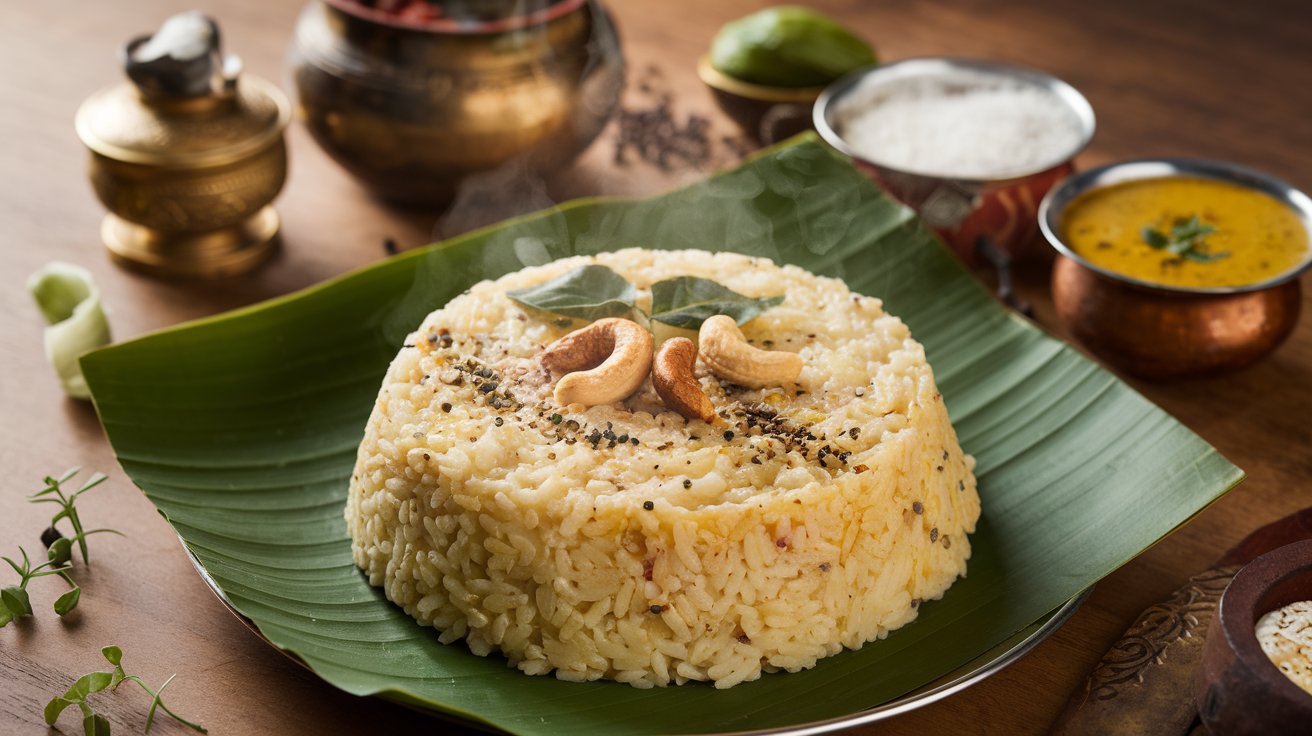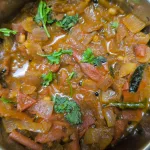

Join the Newsletter
Dive into quick, nutritious recipes, expert health tips, local food finds, and the latest in nutrition. Let’s explore healthier living together!
Low-Calorie South Indian Breakfast Options for a Healthy Start
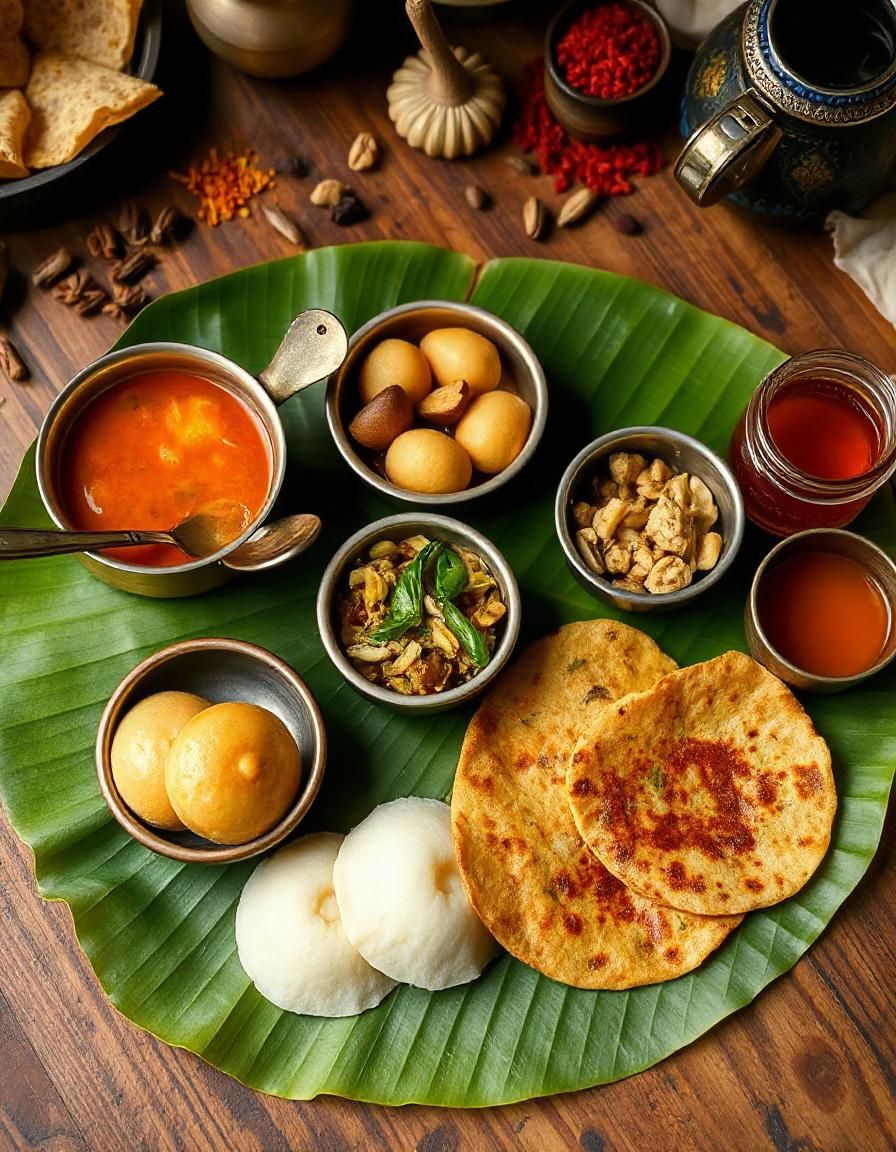
Affiliate Disclosure
Before reading this post, please be aware that some links in this article are affiliate links. This means that if you click on one of these links and make a purchase, we may earn a commission at no additional cost to you. We only promote products and services that we believe will be beneficial to our readers.
For more information, please read our full Affiliate Disclosure.
Low-Calorie South Indian Breakfast Options for a Healthy Start
A nutritious breakfast is essential for a productive day and overall well-being. South Indian cuisine, known for its vibrant flavors and wholesome ingredients, offers a variety of low-calorie breakfast options that can set a healthy tone for your day. Here are some delectable South Indian breakfast choices that are both light on calories and rich in taste, perfect for starting your morning right.
1. Idli: Light and Nutritious
Idli is a staple in South Indian breakfasts, celebrated for its lightness and nutritional value. These steamed rice and urad dal (black gram) cakes are easy on the stomach and low in calories. The fermentation process enhances their digestibility and boosts their nutritional content with probiotics beneficial for gut health.
Typically, one idli has about 30-40 calories. When paired with sambar, a spicy lentil stew filled with vegetables, it makes for a hearty breakfast. Sambar provides protein and fiber, which contribute to a feeling of fullness and help manage weight effectively.
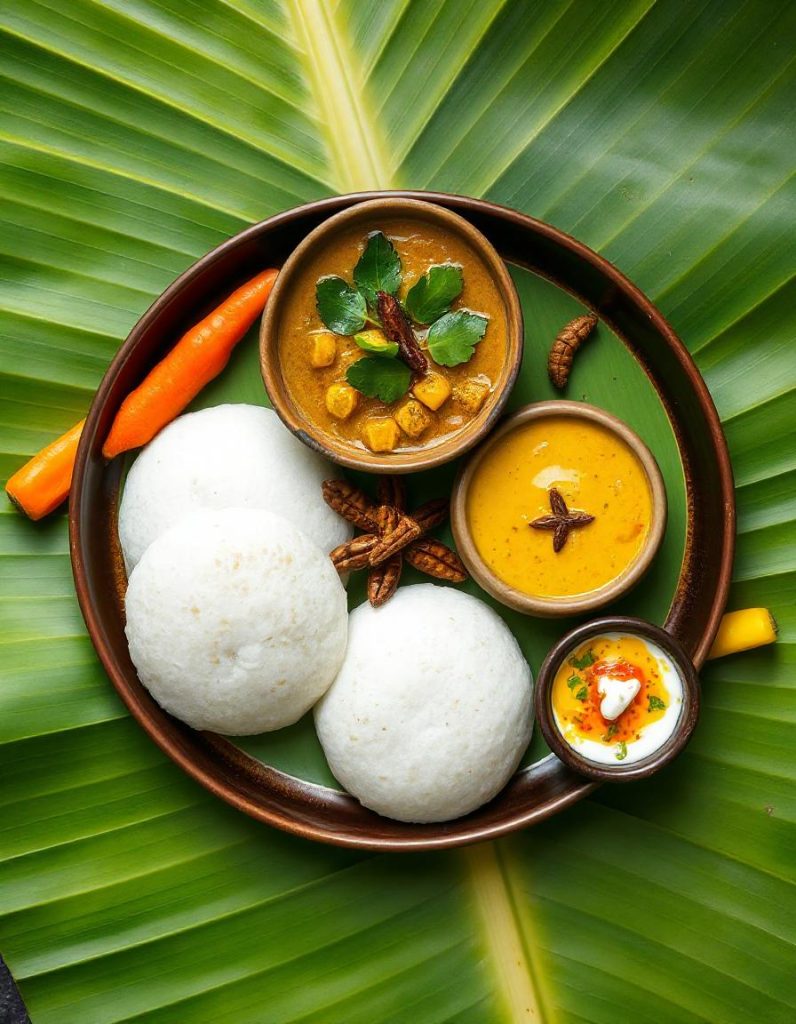
2. Dosa: Crispy and Versatile
Dosa is another favorite that can be adapted to suit a low-calorie diet. Traditionally made from rice and urad dal batter, dosas are usually cooked with a bit of oil. To reduce calorie content, you can prepare dosas using minimal oil or a non-stick pan.
Opt for plain dosa or rava dosa (semolina-based) for a lighter option. These dosas are crispy and satisfying without being calorie-dense. Accompany them with tomato chutney or coriander chutney, both of which are flavorful and low in calories.
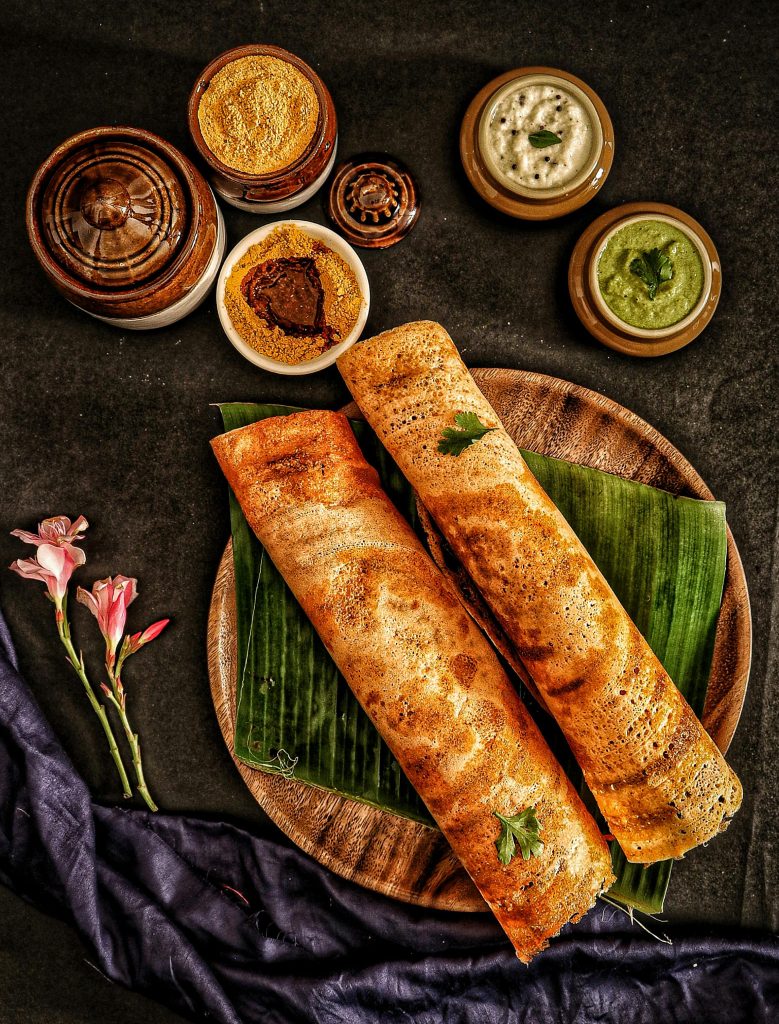
3. Upma: Savory and Filling
Upma is a savory dish made from semolina (rava) and typically cooked with spices and vegetables. To keep it low-calorie, use only a small amount of oil and load it with vegetables such as carrots, peas, and bell peppers. These add fiber and nutrients while keeping the dish filling and light.
A serving of upma with minimal oil and plenty of vegetables generally contains fewer than 200 calories, making it a perfect choice for a satisfying breakfast that supports weight management.
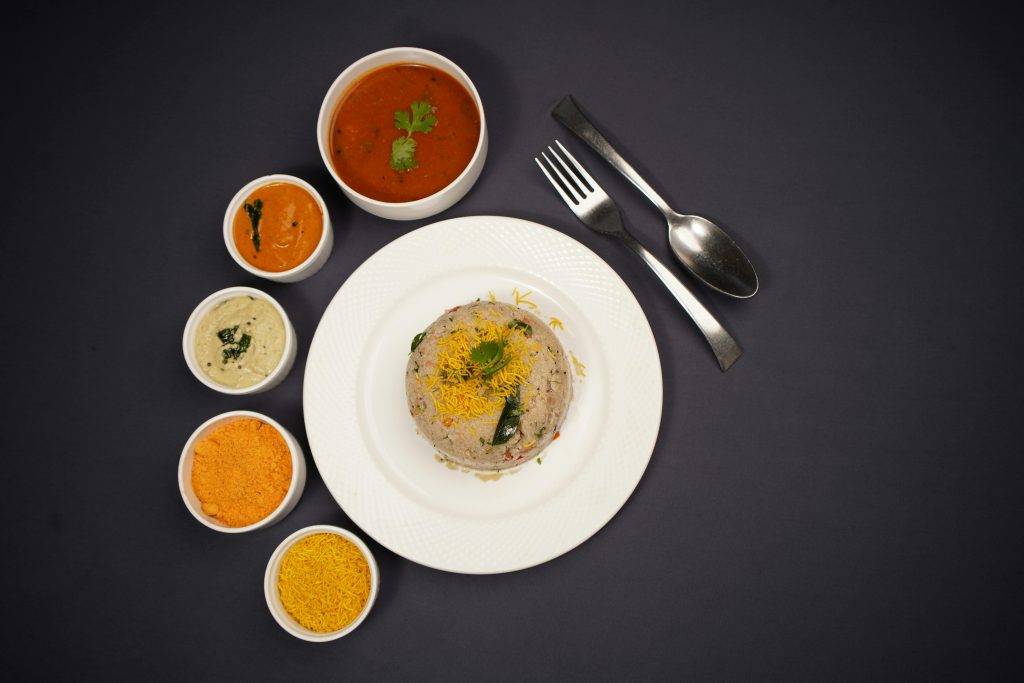
4. Poha: Fluffy and Delicious
Poha is made from flattened rice and is a popular, quick breakfast option. It’s light and can be prepared with minimal oil. Adding ingredients like onions, tomatoes, and a mix of vegetables enhances its flavor while keeping it low in calories.
Typically, a serving of poha contains around 150-200 calories, depending on the ingredients used. Adding a few peanuts or roasted chickpeas can provide extra crunch and protein without significantly increasing calorie content.
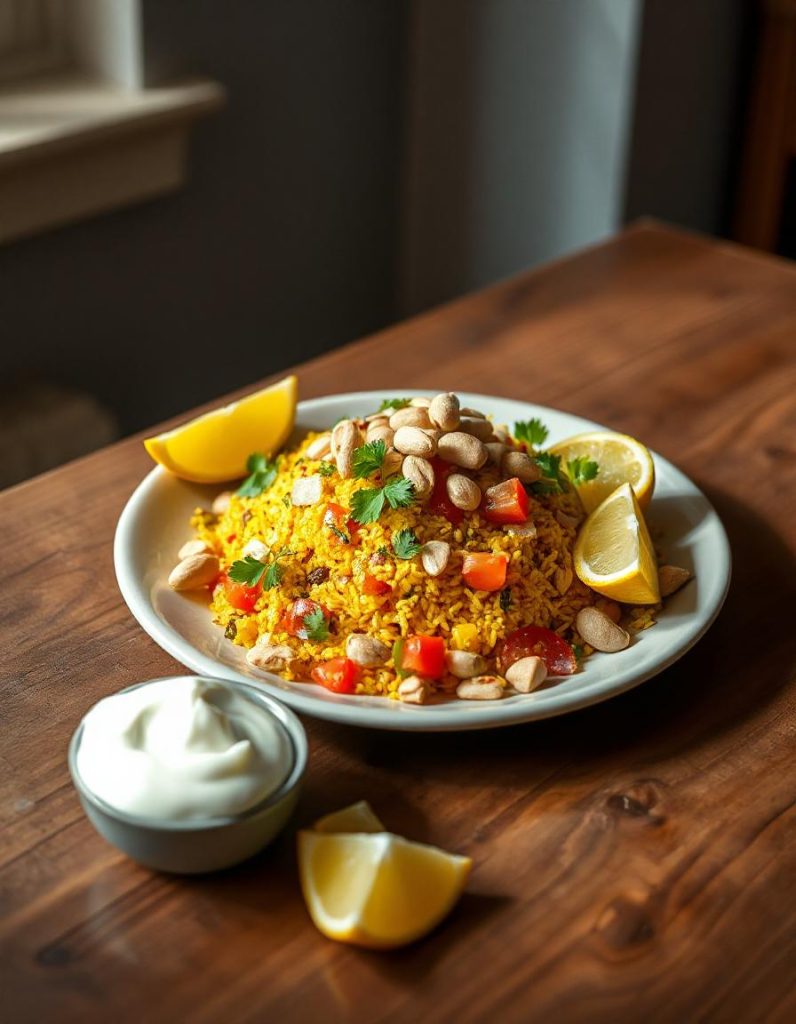
5. Rawa Idli: A Healthier Variation
Rawa idli offers a different take on traditional idli, using semolina instead of rice. This variation is lighter and has a distinct texture, while still providing essential nutrients. Pair rawa idlis with vegetable sambar or coconut chutney for a balanced and low-calorie meal.
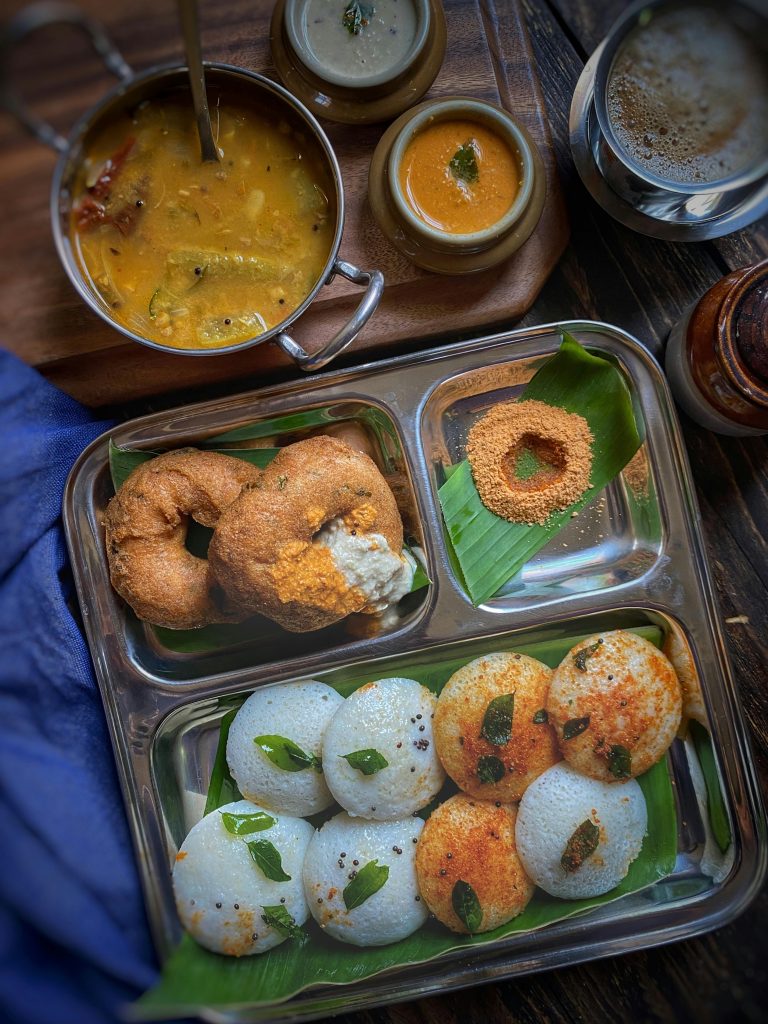
6. Vegetable Paratha: Nutritious and Satisfying
Vegetable paratha is a whole wheat flatbread filled with finely chopped vegetables like spinach, carrots, and peas. To keep it low in calories, use minimal oil while cooking and keep the stuffing light.
Typically, each vegetable paratha contains around 150-200 calories, depending on the amount of oil and filling. Serve it with a side of low-fat yogurt or a small portion of pickle for a complete, balanced breakfast.
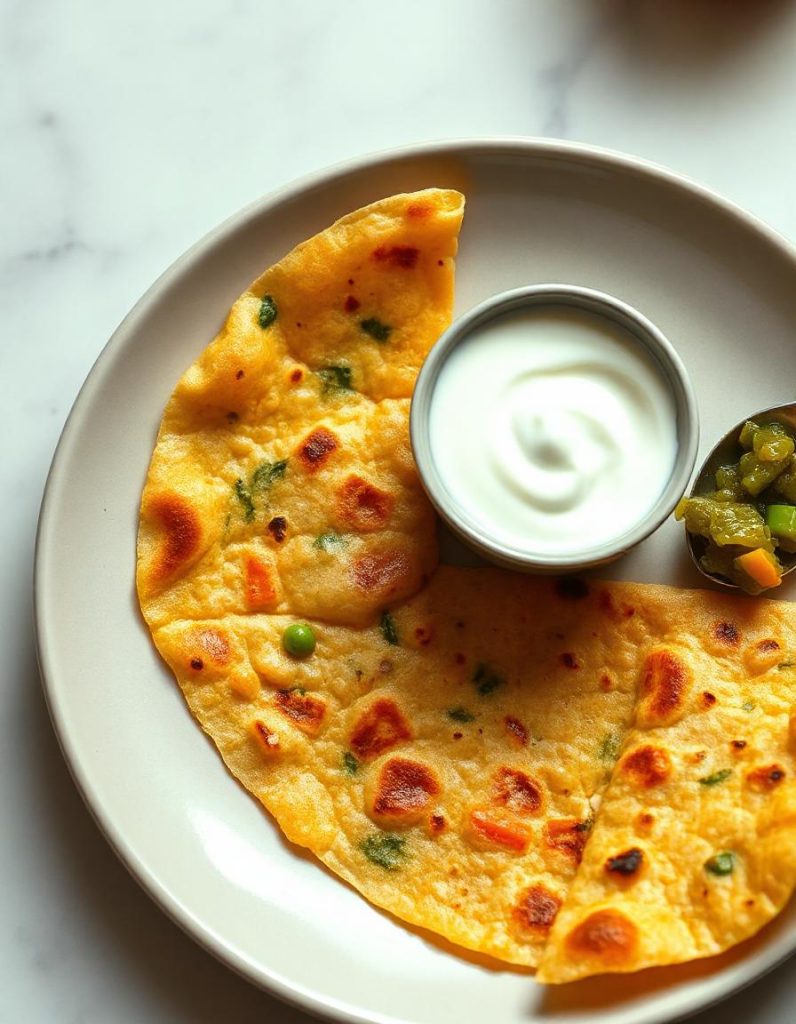
7. Millets: A Nutrient-Dense Choice
Millets such as bajra and ragi are excellent alternatives to rice and wheat. You can prepare millet porridge or millet upma for a low-calorie, high-fiber breakfast. These grains provide sustained energy and help in maintaining stable blood sugar levels.
A serving of millet porridge, made with water or a small amount of low-fat milk, generally contains around 150-200 calories. It’s a wholesome option that keeps you energized throughout the morning.
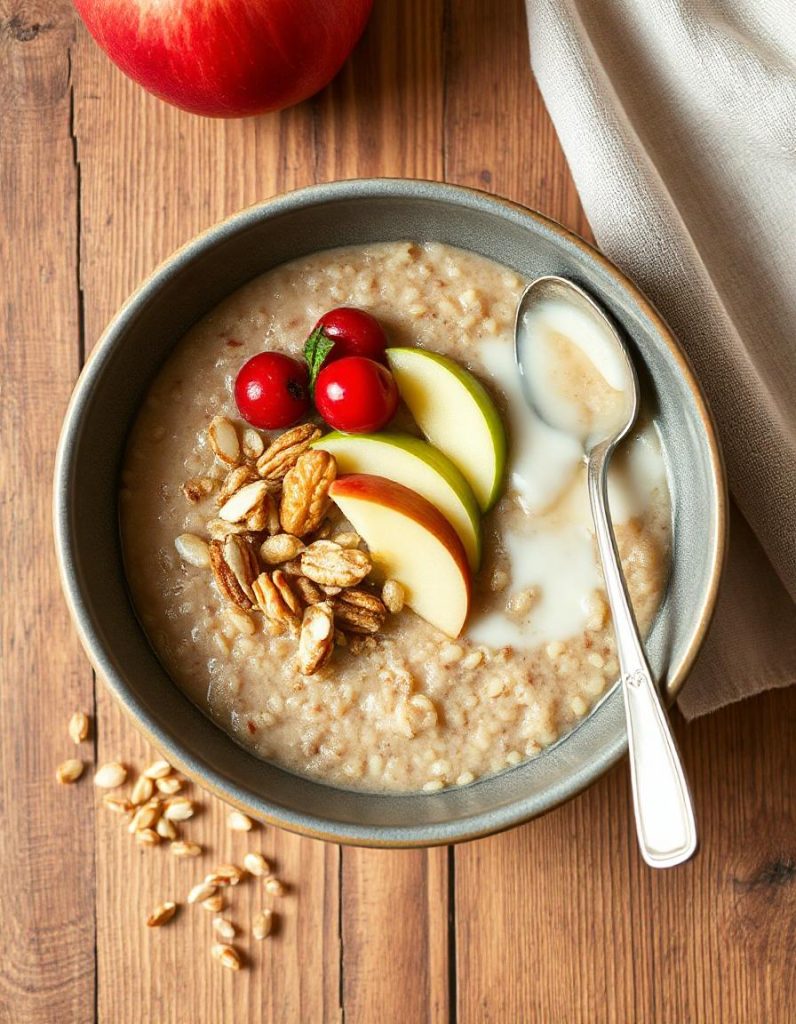
Conclusion
South Indian cuisine provides a variety of low-calorie breakfast options that are both satisfying and nutritious. From idlis and dosas to upma and poha, these dishes offer a delightful way to start your day while supporting your health and weight management goals. By choosing these lighter alternatives and being mindful of cooking methods and portion sizes, you can enjoy a flavorful breakfast that promotes wellness and keeps you on track. Enjoy these South Indian favorites and kickstart your day with a healthy, delicious meal!

Welcome to Merge Blog!
Dive into quick, nutritious recipes, expert health tips, local food finds, and the latest in nutrition. Let’s explore healthier living together!

I’m Divya Bharathi, the person behind MergeBlog. I’m a passionate food enthusiast sharing simple, nutritious recipes and tips for a balanced lifestyle. Join me on this delicious journey!
Divya Bharathi
SUBSCRIBE & FOLLOW
MUST-READ ARTICLES
Join the Newsletter
Dive into quick, nutritious recipes, expert health tips, local food finds, and the latest in nutrition. Let’s explore healthier living together!
